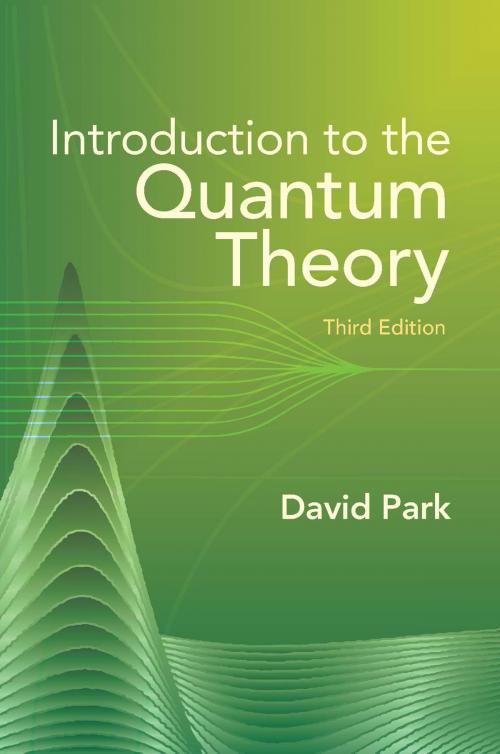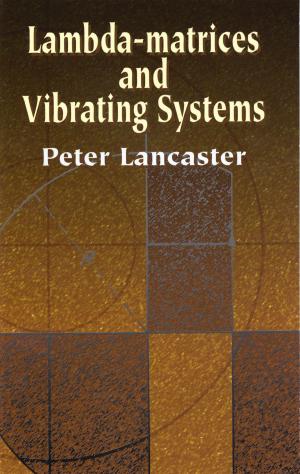Introduction to the Quantum Theory
Third Edition
Nonfiction, Science & Nature, Science, Physics, Quantum Theory| Author: | David Park | ISBN: | 9780486137766 |
| Publisher: | Dover Publications | Publication: | November 20, 2012 |
| Imprint: | Dover Publications | Language: | English |
| Author: | David Park |
| ISBN: | 9780486137766 |
| Publisher: | Dover Publications |
| Publication: | November 20, 2012 |
| Imprint: | Dover Publications |
| Language: | English |
More than a chance to gain new insights into physics, this book offers students the opportunity to look at what they already know about the subject in an improved way. Geared toward upper-level undergraduates and graduate students, this self-contained first course in quantum mechanics consists of two parts: the first covers basic theory, and the second part presents selected applications. Numerous problems of varying difficulty examine not only the steps of the proofs but also related ideas.
Starting with an introduction that ventures beyond classical physics, the first part examines the physical content of the wave function; general principles; physics in one dimension; hermitian operators, symmetry, and angular momentum; and systems in two and three dimensions. Additional topics include approximate methods of calculation; the theory of scattering; spin and isospin; questions of physical meaning; electromagnetic radiation; systems containing identical particles; and classical dynamics and Feynman's construction.
Focusing on applications, the second part explores the theory of alpha decay; electrons in a periodic lattice; the hydrogen spectrum; the helium atom; interatomic forces; the neutron-proton interaction; and the quark model of baryons.
More than a chance to gain new insights into physics, this book offers students the opportunity to look at what they already know about the subject in an improved way. Geared toward upper-level undergraduates and graduate students, this self-contained first course in quantum mechanics consists of two parts: the first covers basic theory, and the second part presents selected applications. Numerous problems of varying difficulty examine not only the steps of the proofs but also related ideas.
Starting with an introduction that ventures beyond classical physics, the first part examines the physical content of the wave function; general principles; physics in one dimension; hermitian operators, symmetry, and angular momentum; and systems in two and three dimensions. Additional topics include approximate methods of calculation; the theory of scattering; spin and isospin; questions of physical meaning; electromagnetic radiation; systems containing identical particles; and classical dynamics and Feynman's construction.
Focusing on applications, the second part explores the theory of alpha decay; electrons in a periodic lattice; the hydrogen spectrum; the helium atom; interatomic forces; the neutron-proton interaction; and the quark model of baryons.















